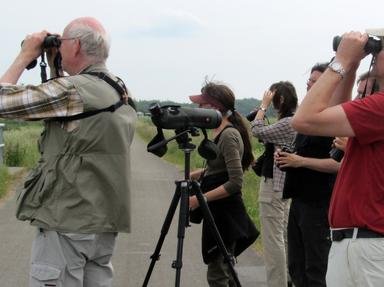Quiz Answer Key and Fun Facts
1. "Where is he, that giddy sprite"
The Eurasian blue tit is a familiar bird across Europe from Spain to Russia. How does it compare in size with birds from the same area?
2. "Blue-cap, with his colours bright"
The Eurasian blue tit has a blue cap and wings, a white face with a dark blue line through the eyes, and a green back. Its striking yellow belly has a dark line down the middle. That yellow comes from carotene pigments from what essential food?
3. "Feeding in the apple tree;"
Eurasian blue tits look for food in many trees, but with which tree are they particularly associated?
4. "Made such wanton spoil and rout,"
Blue tits can be a nuisance. On getting into houses, they have been known to strip wallpaper. Which delivery to households were they known for exploiting?
5. "Turning blossoms inside out:"
Blue tits feed on nectar and seek invertebrates inside flowers. They are unusual among European birds in that they can contribute to pollination and fruit production.
6. "Hung - head pointing towards the ground -
Fluttered, perched, into a round"
Eurasian blue tits are often seen feeding upside down. They are familiar visitors to British bird tables in winter feeding upside down on what suspended halved fruit?
7. "Bound himself, then unbound;
Lithest, gaudiest Harlequin!"
The male and female Eurasian blue tits look similar. The male's wings are longer, but the female tends to be heavier.
8. "Prettiest tumbler ever seen!"
The Eurasian blue tit is an agile flyer - evading predators such as which colourful bird?
9. "Light in heart and light of limb;"
The Eurasian blue tit may seem light of heart, but in winter they struggle to find enough food, and their bright plumage makes them highly vulnerable to what bird of prey whose name suggests it would eat other species?
10. "What is now become of him?"
The Eurasian blue tit is regularly voted as one of Britain's favourite birds. It has an affectionate nickname similar to Jenny Wren or Robin Redbreast. What is it?
Source: Author
Upstart3
This quiz was reviewed by FunTrivia editor
rossian before going online.
Any errors found in FunTrivia content are routinely corrected through our feedback system.

